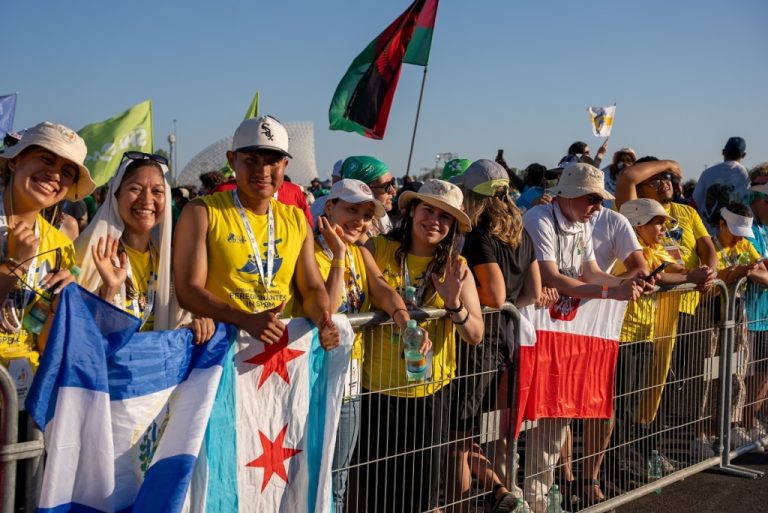
Child slavery is both a cause and a consequence of poverty and lack of opportunity. It’s a cruel cycle that crushes the futures of millions of children and young people around the world. April 16 marks the International Day Against Child Slavery, and “Misiones Salesianas”—the Salesian Mission Office in Madrid—reminds us that a child’s rightful place is in school.
Yet even today, Samba spends his days begging on the streets of Dakar. He’s a talibé, a child exploited under the guise of religious education. Sidiki works on a cocoa plantation in Ivory Coast. Colette, sold by her own parents, works as a domestic servant for a wealthy family in Lomé, Togo. Emanu works in the market of Porto Novo in Benin, Bala makes bricks in a factory in India, and Aryam works in a restaurant in exchange for a single meal a day. What unites them all is exploitation, the inability to attend school, mistreatment, and the daily violation of their basic rights.
In India, countless children work in brick factories. In Pakistan and Bangladesh, they labor in textile workshops. In Colombia, around 10,000 children are involved in emerald mining. Ecuador has more than 360,000 children trapped in domestic slavery or forced into prostitution. In Peru, 38% of children working in Suyo’s mines are victims of exploitation. Around the world, millions of children are enslaved—working in mines, landfills, homes, factories, and other dangerous settings.
As Fr. Luis Manuel Moral, head of Misiones Salesianas, explains:
“Children are a cheap and submissive workforce. They don’t know their rights, they’re separated from their families, they don’t complain, and they have no means to defend themselves. Many of them are abused without consequence. They work long hours, with little rest, no complaints, and no protection. They’re often trafficked, mistreated, and robbed of a normal, joyful childhood.”
The causes of child slavery are complex—rooted in poverty, lack of education and healthcare, absence of political will, and deep social inequalities. “There’s also the constant demand for cheap labor and the pressure to lower production costs in order to sell goods more cheaply,” Moral adds.
“Misiones Salesianas” operates in 137 countries, working to create new opportunities and brighter futures for children. Salesian missionaries develop and manage programs that protect vulnerable children, offering shelters, educational centers, and safe recreational spaces. They also run recovery programs for children who have been forced into prostitution or are living on the streets, always advocating for the protection of their rights.
Today, April 16, on this International Day Against Child Slavery, Misiones Salesianas calls on everyone to remember:
Children do not belong in factories, fields, or markets. Everything has its place—and the rightful place for a child is in school.
ANS – Madrid


